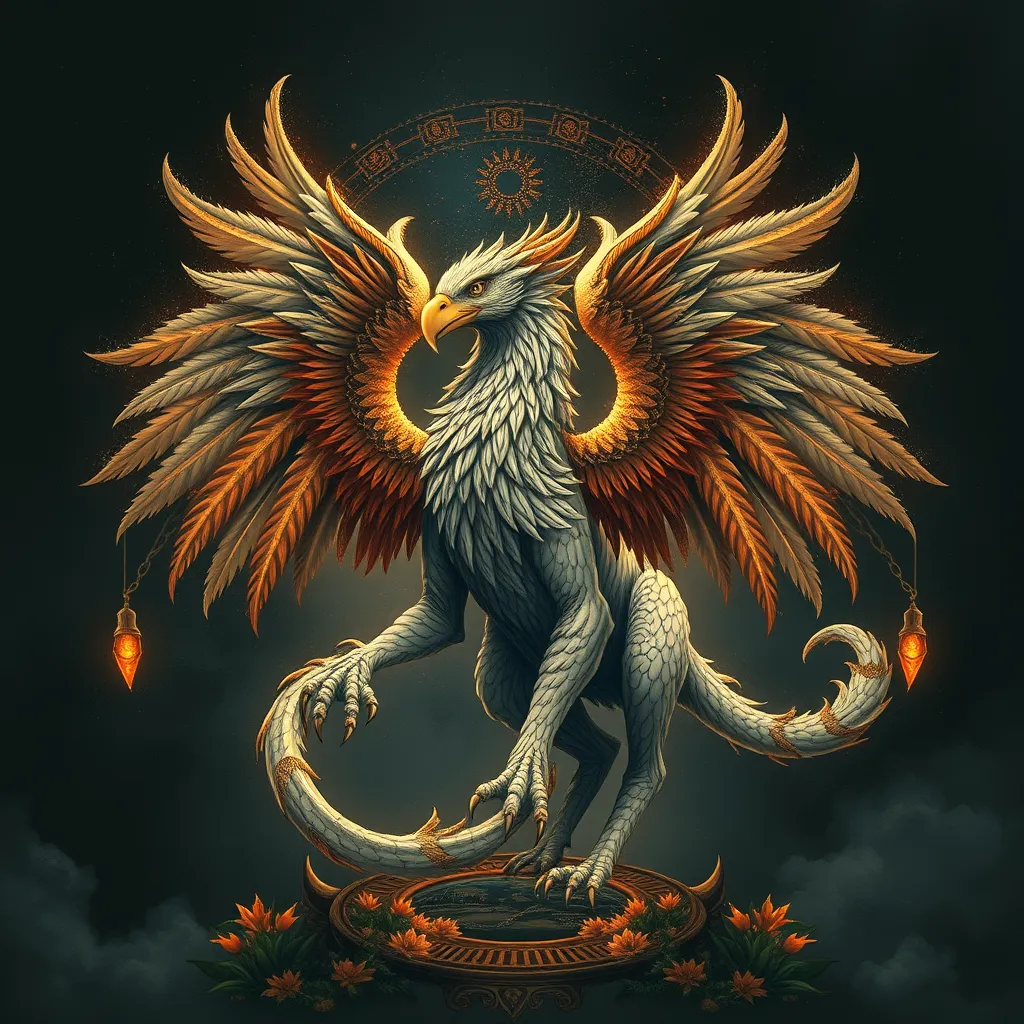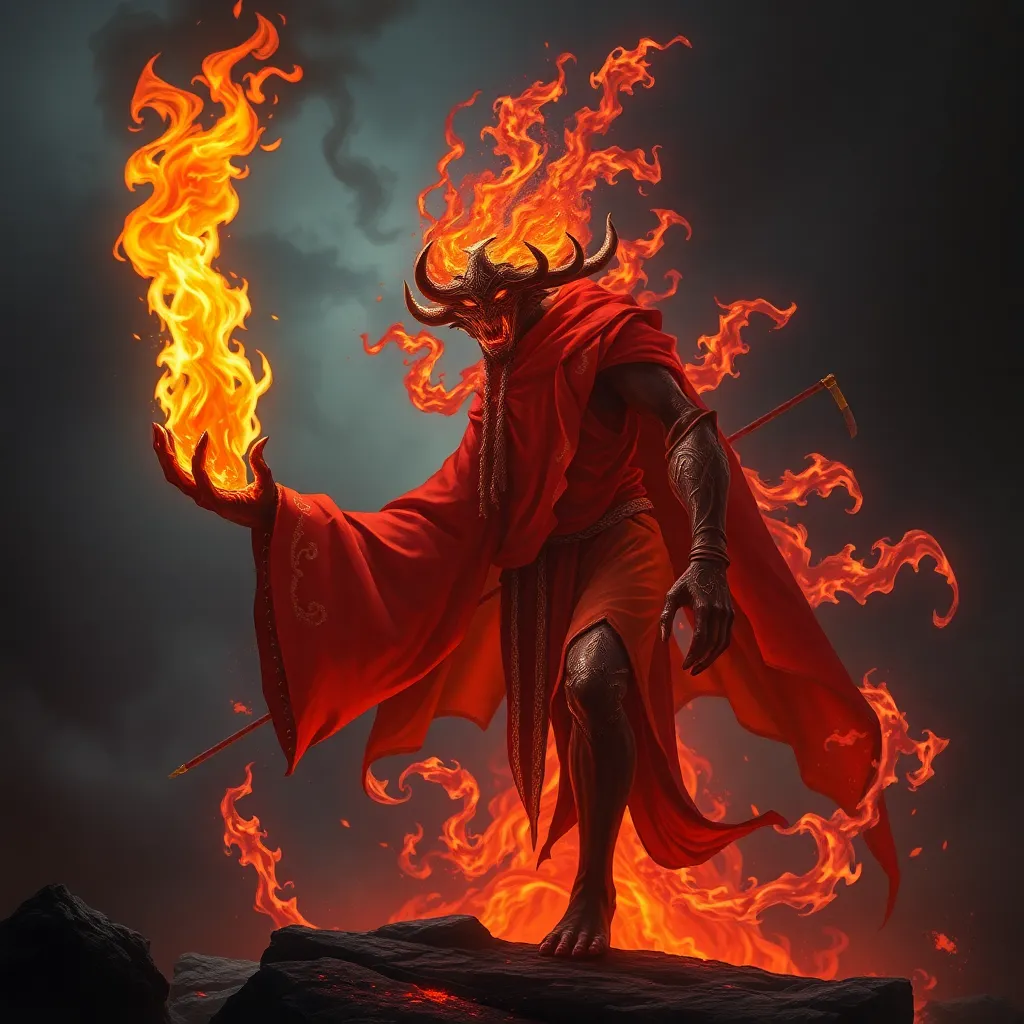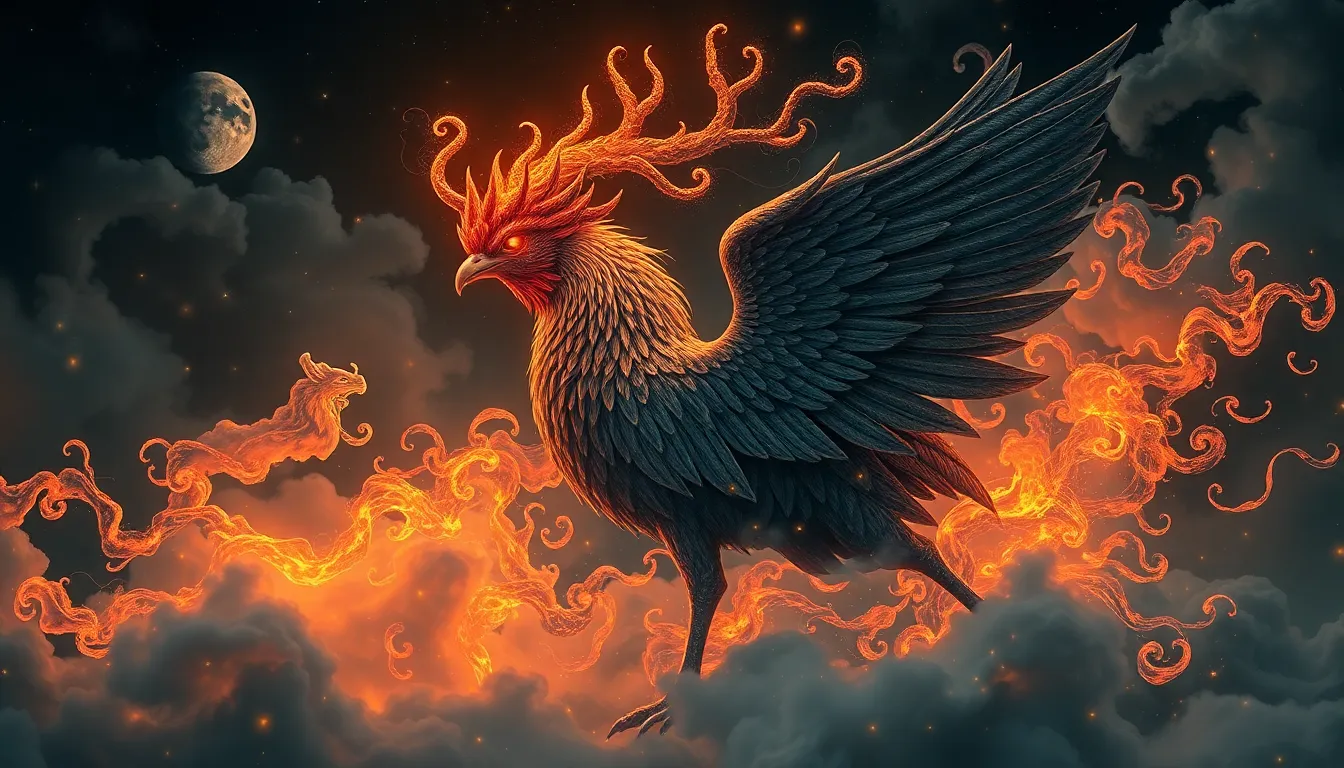The Griffin’s Echoes in Native American Mythology: A Comparison of Cultural Beliefs
I. Introduction
The Griffin, a mythological creature with the body of a lion and the head and wings of an eagle, has captivated the imaginations of cultures across the globe. This majestic being symbolizes strength, courage, and protection, often depicted as a guardian of treasures and sacred knowledge. In contrast, Native American mythology is a rich tapestry of diverse beliefs and stories, shaped by the unique experiences of various tribes across North America.
The purpose of this article is to explore the intriguing connections between the Griffin and Native American beliefs, examining how such mythical creatures reflect the values and spiritual practices of different cultures.
II. The Griffin: Symbolism and Characteristics
A. Origins of the Griffin in ancient cultures
The Griffin’s origins can be traced back to ancient civilizations, particularly in the Near East and Mediterranean regions. It appeared in the art and literature of the Egyptians, Greeks, and Persians, often symbolizing divine power and the protection of the gods.
B. Symbolic meanings associated with the Griffin
The Griffin embodies several symbolic meanings:
- Guardian of Sacred Spaces: Often depicted as a protector of treasures and holy sites.
- Hybrid Nature: Represents the balance of strength (lion) and intellect (eagle).
- Symbol of Royalty: Associated with kingship and divine authority in various cultures.
C. The Griffin’s role in mythology: protector and guardian
In many myths, the Griffin serves as a guardian figure, protecting sacred knowledge, treasures, and the natural order. This role as a protector resonates with the themes found in Native American mythology, where animals often serve as guardians and guides.
III. Overview of Native American Mythology
A. Diversity of tribes and beliefs
Native American mythology is not monolithic; it encompasses a vast array of beliefs and stories from hundreds of tribes, each with its unique traditions. From the Navajo to the Lakota, the stories vary significantly, yet they often share common themes.
B. Common themes and motifs in Native American mythology
Some recurring themes include:
- Creation Stories: Many tribes have their own creation myths explaining the origins of the earth and its inhabitants.
- Animal Spirits: Animals are often seen as spiritual guides, embodying traits that humans aspire to.
- Nature and Balance: A strong emphasis on living in harmony with nature and respecting all forms of life.
C. Spiritual significance of animals in Native American cultures
Animals hold immense spiritual significance in Native American cultures. They are viewed as teachers, messengers, and protectors, each species embodying specific traits that humans can learn from. This reverence for animals creates a rich narrative framework that parallels the symbolism of the Griffin.
IV. The Griffin’s Influence on Native American Animal Mythology
A. Comparisons with Native American mythical creatures (e.g., Thunderbird, Coyote)
When examining Native American mythology, certain creatures emerge that share characteristics with the Griffin:
- Thunderbird: A powerful being in many tribes, representing strength, power, and the ability to control storms.
- Coyote: Often depicted as a trickster, embodying intelligence and adaptability.
B. Shared characteristics and symbolism
Both the Griffin and creatures like the Thunderbird and Coyote exhibit hybrid traits—merging different animal characteristics to convey deeper moral and spiritual lessons. This blending of traits allows these creatures to symbolize the duality of nature, encompassing both nurturing and destructive forces.
C. The role of hybrid creatures in conveying cultural values
Hybrid creatures in mythology often serve as vehicles for teaching cultural values. The Griffin, as a guardian, mirrors the protective roles of various animal spirits in Native American beliefs, emphasizing the importance of safeguarding wisdom and strength.
V. Cultural Beliefs and Spirituality
A. The Griffin as a symbol of strength and protection
The Griffin’s symbolism as a protector resonates with the values of many Native American tribes, where strength and protection are paramount. This shared symbolism underscores the universal human desire for guardianship in the face of adversity.
B. Connections to shamanistic practices and spiritual journeys
Shamanistic practices in Native American cultures often involve the use of animal symbolism to guide spiritual journeys. The Griffin, embodying the qualities of both lion and eagle, could represent a powerful guide in such practices, merging the terrestrial and celestial realms.
C. The importance of storytelling in preserving cultural beliefs
Storytelling is a vital component of both Griffin mythology and Native American traditions. Through stories, cultures pass down essential teachings about morality, community values, and the interconnectedness of all beings. The Griffin’s narratives can be seen as part of a broader storytelling tradition that enriches both Eastern and Native American mythologies.
VI. Case Studies: Specific Tribes and Their Interpretations
A. The Griffin’s presence in the lore of select tribes
While the Griffin itself may not be directly referenced in Native American mythology, its essence can be found in various tribal legends that feature similar hybrid creatures. For instance, some tribes have stories of giant birds that protect sacred sites, reminiscent of the Griffin’s guardian role.
B. Analysis of specific myths featuring griffin-like creatures
Some tribes recount tales of powerful beings that resemble the Griffin, such as the Thunderbird. The Thunderbird is believed to have the ability to create thunder and storms, a figure of immense power and protection, akin to the Griffin’s role in safeguarding treasures.
C. Insights into the cultural significance and adaptations
The adaptations of such creatures within Native American mythology highlight the flexibility of mythological narratives. As cultures interact and evolve, their stories adapt, integrating elements that resonate with their unique environments and spiritual beliefs.
VII. Comparative Analysis: Griffin vs. Native American Mythical Creatures
A. Similarities in narrative themes and moral lessons
Both the Griffin and Native American mythical creatures often embody themes of protection, power, and wisdom. They serve as moral compasses in storytelling, teaching lessons about respect, courage, and the balance of nature.
B. Differences in cultural context and interpretation
While similarities exist, the cultural context shapes the interpretation of these creatures. The Griffin, rooted in Greco-Roman traditions, emphasizes divine guardianship, while Native American creatures like the Thunderbird highlight a more communal relationship with nature and the spiritual world.
C. The impact of geography and environment on mythological development
Geography plays a crucial role in shaping mythology. The Griffin’s origins in mountainous and fertile regions contrast with the vast plains, forests, and rivers of North America, where Native American myths have developed. This geographical influence molds the creatures’ characteristics and the narratives surrounding them.
VIII. Conclusion
A. Summary of key findings
This exploration of the Griffin and Native American mythology reveals a fascinating interplay of symbols and themes. Despite cultural differences, both traditions share a reverence for powerful, hybrid beings that represent protection and wisdom.
B. The enduring legacy of the Griffin in cultural narratives
The Griffin’s legacy continues to resonate across cultures, embodying timeless qualities that are celebrated in various mythologies, including those of Native American traditions.
C. Future research directions and the importance of cross-cultural studies
Future research should focus on the deeper connections between disparate mythological traditions, fostering a greater understanding of how cultures influence one another. Cross-cultural studies can illuminate the shared human experience embedded in mythology, highlighting the universal themes that bind us together.



